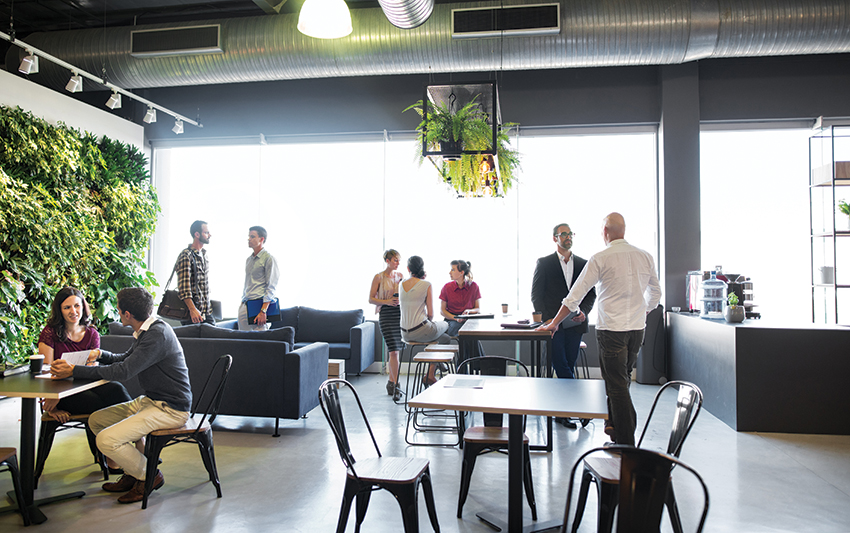
Noise negatively impacts a majority (69 per cent) of global employees’ concentration levels, productivity and creativity, according to a new study by global commercial flooring company, Interface.
The study ‘What’s That Sound?’ conducted in partnership with Radius Global Market Research, examined how sound and acoustics impact employees in business environments.
More than 2000 adult workers in the US, UK and Australia participated in the study, intended to inform employers on the importance of acoustical solutions for the current and future workforce.
In addition to the negative impacts of noise on an employee’s well-being, the study highlights the perceived negligence of employers in finding solutions for noise in the workplace.
Across the US, UK and Australia, 44 per cent of those surveyed indicate their company does nothing to address noise, leaving employees to solve the problem themselves.
Potentially concerning for employers, 16 per cent of those surveyed choose to work remotely due to unsolved noise problems, revealing the need for more touchdown areas, focus rooms and designated quiet areas for employees to retreat.
Nearly one-third (32 per cent) of employees surveyed report working at an assigned desk or work station in an open environment. However, only 31 per cent of all respondents indicate that employers provide private spaces for phone calls or conversations.
While doing away with collaboration is not the remedy to noise concerns, structuring environments with the right materials could make a difference.
The majority of employees who work at offices with wood, ceramic tile and concrete flooring say it is noisy at their offices (54 per cent) compared to those who work in offices with carpeting (45 per cent). Only 31 per cent report their workplace uses carpeting or area rugs to mitigate noise.
The survey respondents work in a variety of settings, from assigned desks in open environments to shared offices and even cubicles. The top distractions across the globe include:
- Conversations among employees (71 per cent)
- Phone conversations (67 per cent)
- Phones ringing (62 per cent)
- The sound of people walking around (54 per cent)
The research indicates noisy offices cause increased levels of stress and anxiety, with 50 per cent revealing noise levels would impact their decision to accept a job.
Chip DeGrace, VP of workplace applications, Interface, said the study confirms the importance of creating a productive workspace that accommodates a variety of work styles and preferences.
“When creating workspaces, designers are often asked to apply planning methodologies or specify products based on design trends, rather than the specific operating needs of a business.But the best designs are those rooted in solutions specific to company culture, environmental aspirations and respect for individual user choice.”
Comment below to have your say on this story.
If you have a news story or tip-off, get in touch at info@13.238.154.125.
Sign up to INCLEAN NZ’s newsletter.